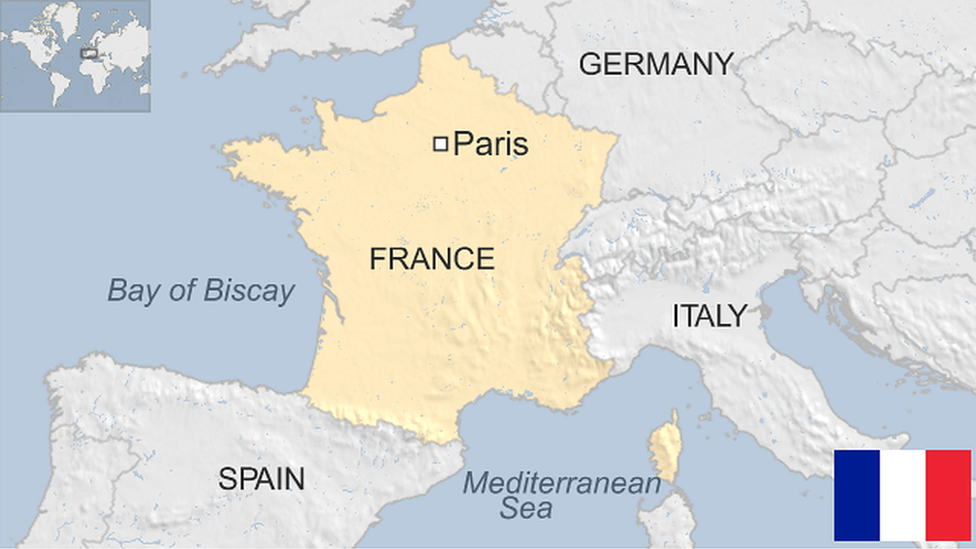St Pierre and Miquelon profile
- Published
This page is no longer being updated. It was last updated on 11 September 2023

The sole remnant of France's once-extensive possessions in North America, the Atlantic islands of St Pierre and Miquelon lie off the Canadian island of Newfoundland.
Fish processing is the main economic activity although tourism is increasingly important and the territory capitalises on its image as "France in North America". It depends on France for subsidies and Canada for goods and transport links.
Since 1992 the economy's traditional key fishing industry has been in decline due to a depletion of fish stocks due to overfishing, the limitation of fishing areas and the ban imposed on all cod fishing by the Canadian Government
In March 2003, Saint Pierre and Miquelon became an overseas collectivity of France.
Read more country profiles, external - Profiles by BBC Monitoring, external
ST PIERRE AND MIQUELON: FACTS
Capital: Saint-Pierre
Area: 242 sq km
Population: 6,000
Language: French
Life expectancy: 78 years (men) 83 years (women)
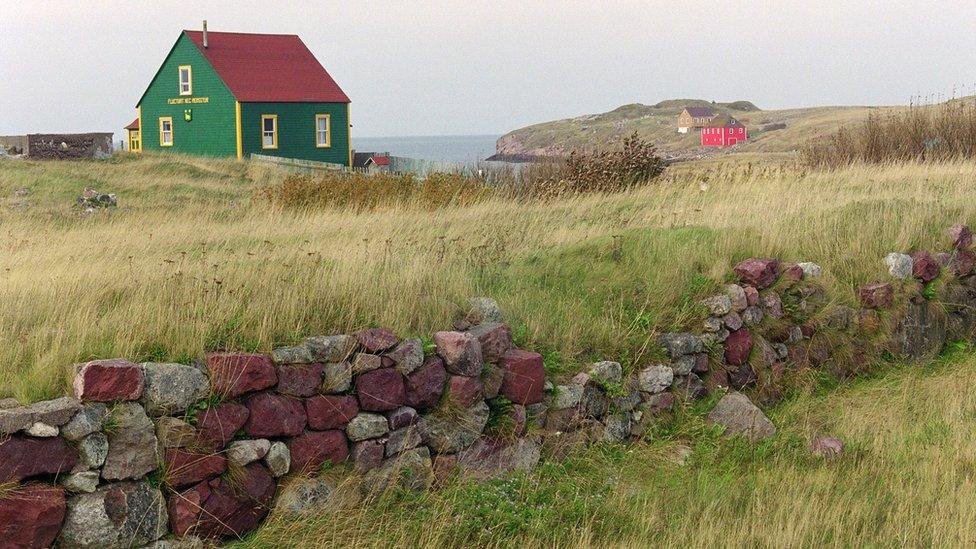
The territory is thinly populated
LEADERS
Head of state: French President
A prefect appointed by France represents the Paris government in the territory. An elected General Council oversees local affairs. The territory sends representatives to the French National Assembly and and participates in senatorial and presidential elections.
MEDIA
Radio and Television
RFO St Pierre et Miquelon, external - public, operated by Reseau France Outre-Mer
Radio Atlantique, external - commercial
TIMELINE
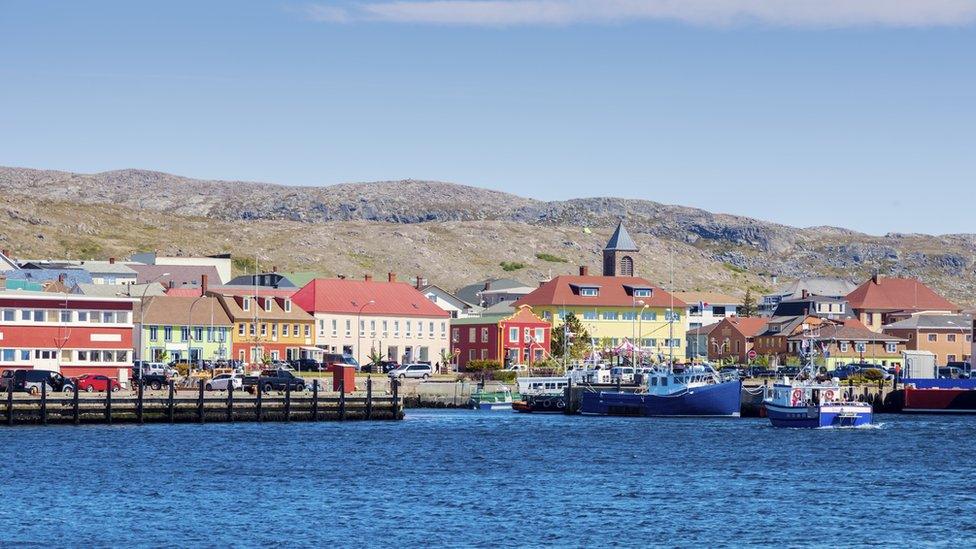
Saint-Pierre is the largest settlement in the territory
Some key dates in the history of St Pierre and Miquelon:
1536 - Jacques Cartier claims the islands for France, after their discovery by the Portuguese in 1520.
1670 - France annexes the islands on which a few fishermen from France are encamped, naming them Saint Pierre and Miquelon.
1700S - Repeated English attacks see French settlers abandon the islands.
1713 - France cedes the islands to Britain as part of the Treaty of Utrecht which ends the War of the Spanish Succession. Some colonists from Great Britain and Britain's American colonies settle on the islands.
1763 - Under the Treaty of Paris, which ends the Seven Years' War, France cedes all its North American possessions to Britain. Britain grants fishing rights to French fishermen along the Newfoundland coast, and as part of this returns Saint Pierre and Miquelon to France's control.
1776-83 - After France enters the American Revolutionary War on the side of the United States, Britain briefly invades and deports colonists back to France. Tries to establish a British colony.
1802 - Treaty of Amiens of 1802 returns the islands to France, but Britain reoccupies them when war breaks out in 1804
1814 - Treaty of Paris gave the islands back to France, though Britain again occupies them during the Hundred Days War in 1815.
1816 - France resettles the islands. The settlers are mostly Basques, Bretons and Normans.
1941 - Free French forces seize the islands after the islands' authorities had sworn their allegiance to the Vichy French government.
1992 - An arbitration panel awards the islands an exclusive economic zone of 12,348 sq km to settle a longstanding maritime dispute with Canada over access to potential oil reserves and fishing rights.
2022 - Protesters opposed to Covid regulations pelt French MP Stéphane Claireaux with seaweed and stones.
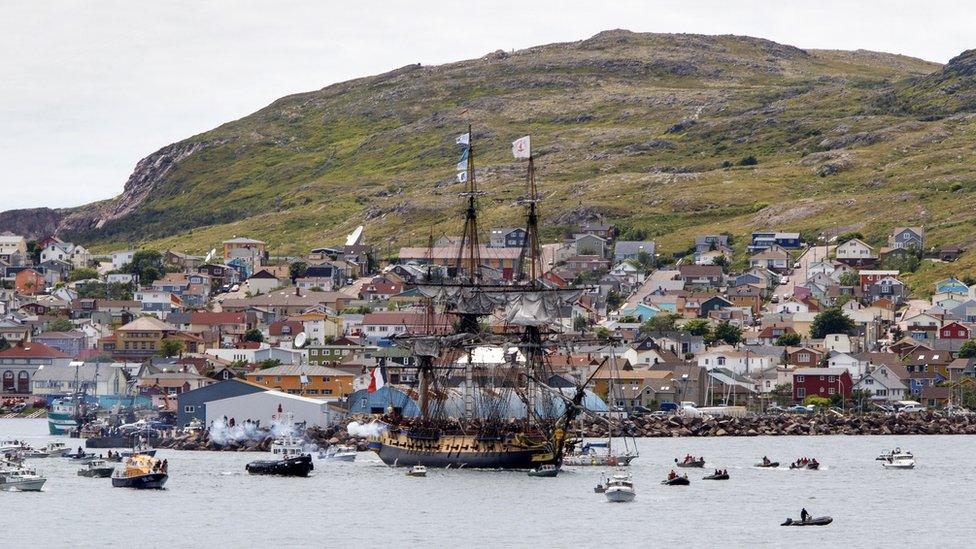
A replica of the Hermione, the 18th Century ship that brought French General Lafayette to America, lies at anchor during a visit to the port of Saint-Pierre
Related topics
- Published21 January
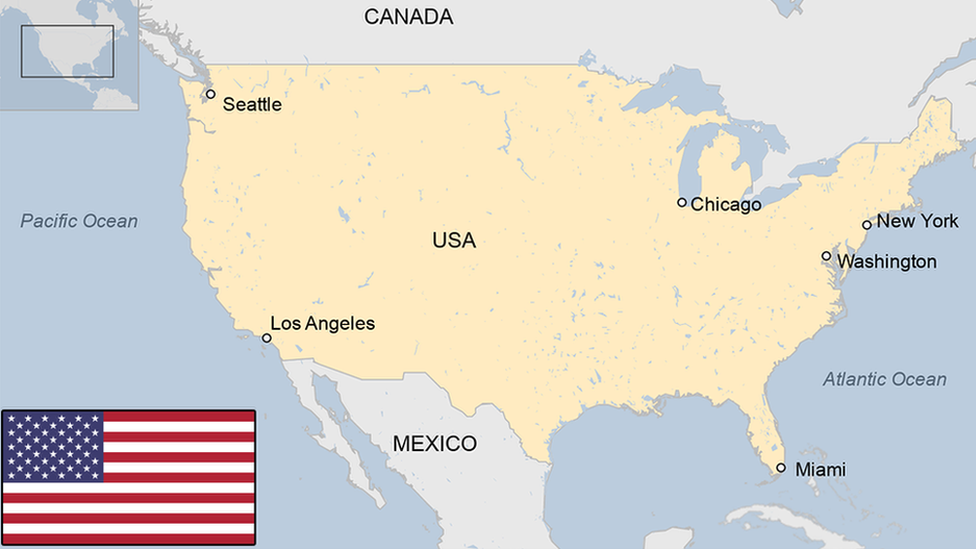
- Published8 January

- Published10 January
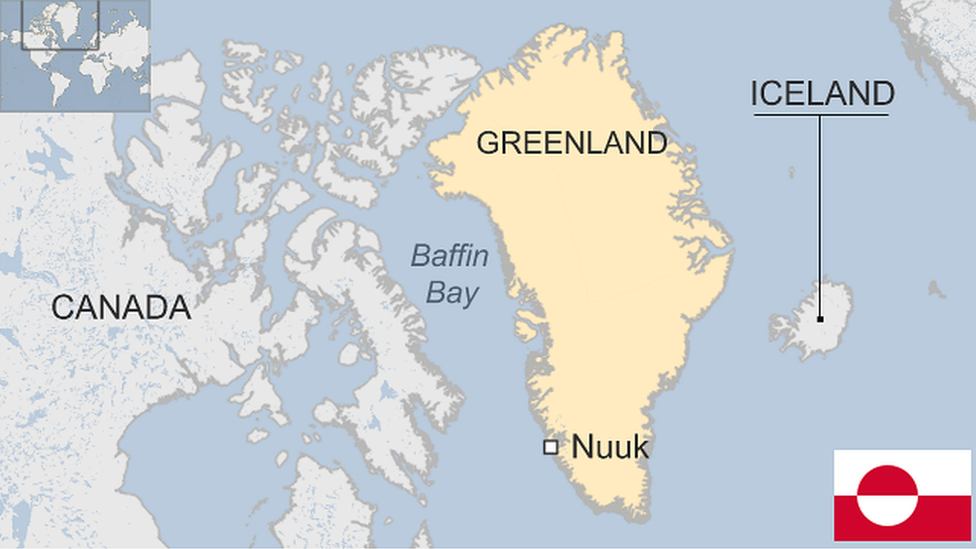
- Published25 October 2024
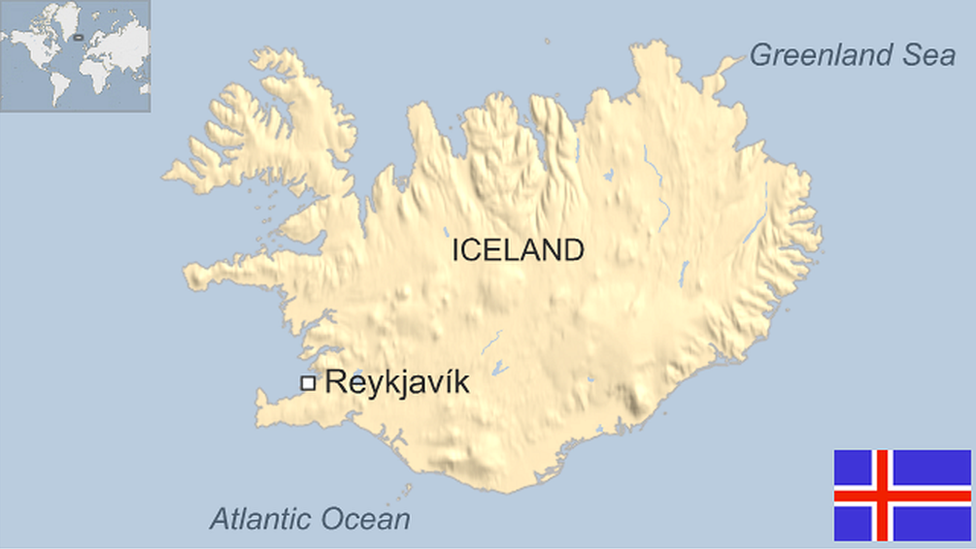
- Published7 February
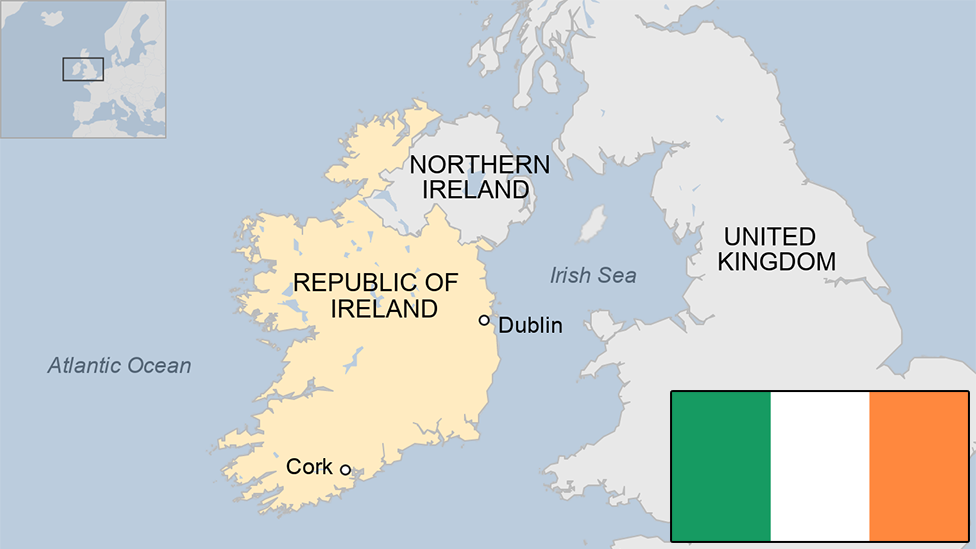
- Published9 January 2024
